A Journey Into Art and Mystery: Exploring Sarah Jost’s The Estate
In The Estate, Sarah Jost invites readers into an enchanting blend of art, magic, and mystery. The story centers around Camille, a gifted art historian with a unique ability—she can step into the world of any piece of artwork she encounters. Specializing in the works of the 19th-century sculptor Constance Sorel, Camille’s life takes a drastic turn when she encounters what she suspects to be a fraudulent piece of art attributed to Sorel. Her firm conviction in its lack of authenticity costs her her job and places her at odds with the art world, thrusting her into an unforeseen path of intrigue, artistry, and self-discovery. Her journey soon intertwines with the enigmatic Maxime Foucault, an aristocrat with secrets of his own, who invites her to his grand chateau, where the real adventure begins.
With lush prose and an immersive setting, The Estate delves into a world where art is alive, history is tangible, and mysteries lie in wait. This novel is a testament to Jost’s skill in creating a world that combines realism with fantasy, blending the physical and magical in ways that reveal the depths of Camille’s character and the complexities of the art world.
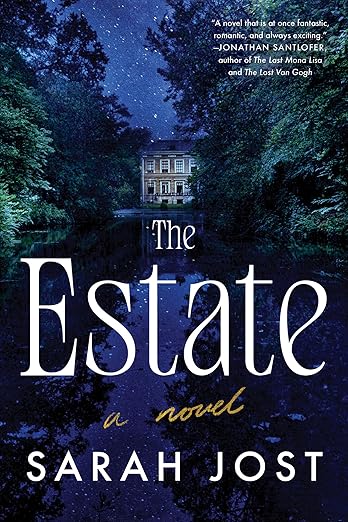
The Power of Art and Camille’s Unique Gift
Camille’s unique ability to “enter” artwork becomes a fascinating gateway for readers, transforming each painting, sculpture, or artifact into a mini-world. For her, art is not just a study; it’s an experience, a passage into a living, breathing scene that tells a story. Through Camille’s eyes, Jost gives readers a rare chance to explore a novel kind of art appreciation, one where history feels immediate and the subjects in artwork are more than static images—they’re alive, moving, and influential.
This unique power offers Camille a direct connection to the past and to the artists themselves, adding layers of emotional resonance and vulnerability to her character. When she steps into a piece of art, she leaves behind the limitations of her own world, gaining access to the feelings, experiences, and insights that shaped the piece. Her journey through these works—especially those by Sorel—shows a connection between artist and viewer that transcends time and physical boundaries, an exploration of art’s lasting power to bridge worlds.
Yet this gift is also a burden. Camille’s talent isolates her, setting her apart in a field that often values critical distance over personal immersion. Her struggle to balance her professional ambitions with her emotional involvement is a theme that Jost handles with nuance, highlighting the tensions between passion and objectivity that many in creative fields experience. Camille’s intuition and close connection to Sorel’s work lead her to declare a newly discovered sculpture a fake, a bold proclamation that causes her to lose her job but ultimately sets her on the path to the discovery of new truths about herself, the art world, and those around her.
A Deep Dive into the Art World
Jost creates a nuanced portrayal of the art world, shedding light on its glamour as well as its darker sides. Camille’s career as an art historian at a prestigious institution was a dream realized, a hard-won position in a field where credibility is everything. However, her departure from the museum reveals a vulnerability in the art world—how easily authenticity can be called into question and the lengths to which individuals and institutions will go to protect their reputations.
The novel paints an accurate picture of how challenging it is to navigate the politics of the art industry, where personal connections, status, and financial power often hold more sway than expertise. When Camille’s dedication to uncovering the truth leads her to challenge the authenticity of a renowned artist’s work, she quickly learns the cost of following her instincts in a world where image can be more valuable than reality. The journey that follows invites readers to ponder the line between art and forgery, originality and imitation, and the ways in which institutions sometimes prioritize profit over preservation.
The concept of “art for art’s sake” finds itself at odds with the commercial realities of the field, a conflict that Camille’s story personifies. Jost’s exploration of these tensions is fascinating, shedding light on the often unseen undercurrents that affect artistic legacy. Her novel prompts readers to question not only what makes art authentic but also who gets to decide its worth.
Maxime Foucault: An Aristocratic Mystery
When Camille’s path crosses with Maxime Foucault, an aristocrat whose enigmatic nature mirrors the allure of the art he cherishes, the narrative takes a deeper dive into mystery. Maxime’s invitation to his sprawling chateau offers Camille a refuge from her career troubles but also draws her into a new world of secrets. His invitation feels both like an opportunity and a challenge, as if he is offering her not only sanctuary but also an unspoken dare.
Maxime’s character is central to The Estate, providing a counterpoint to Camille’s earnest, passionate nature with his guarded, seemingly reserved demeanor. At first, Maxime appears to be a typical wealthy benefactor, indulging in the art world with an air of detached sophistication. However, Jost gradually peels back the layers of his character, revealing the hidden motivations and vulnerabilities that drive him. The relationship between Camille and Maxime grows into an intricate dance of trust, skepticism, and mutual curiosity, with each seeking something elusive from the other.
As Camille becomes more entangled in the secrets of Maxime’s estate, she begins to uncover clues that challenge her own perceptions of art and authenticity. Maxime’s chateau, which is almost a character in its own right, holds mysteries within its walls that defy explanation, leading Camille on a path of discovery that pushes her to confront her own beliefs about art, life, and love.
The Chateau: A Gothic Wonderland
The chateau in The Estate is more than just a setting; it’s a character infused with history, mystery, and an almost supernatural allure. As Camille explores the vast halls and hidden rooms of the estate, she becomes more deeply entwined in its secrets, as if the chateau itself is slowly unveiling parts of its story to her. This setting creates an atmospheric backdrop that enriches the novel’s suspense, blending Gothic elements with contemporary themes in a way that adds both beauty and danger to Camille’s journey.
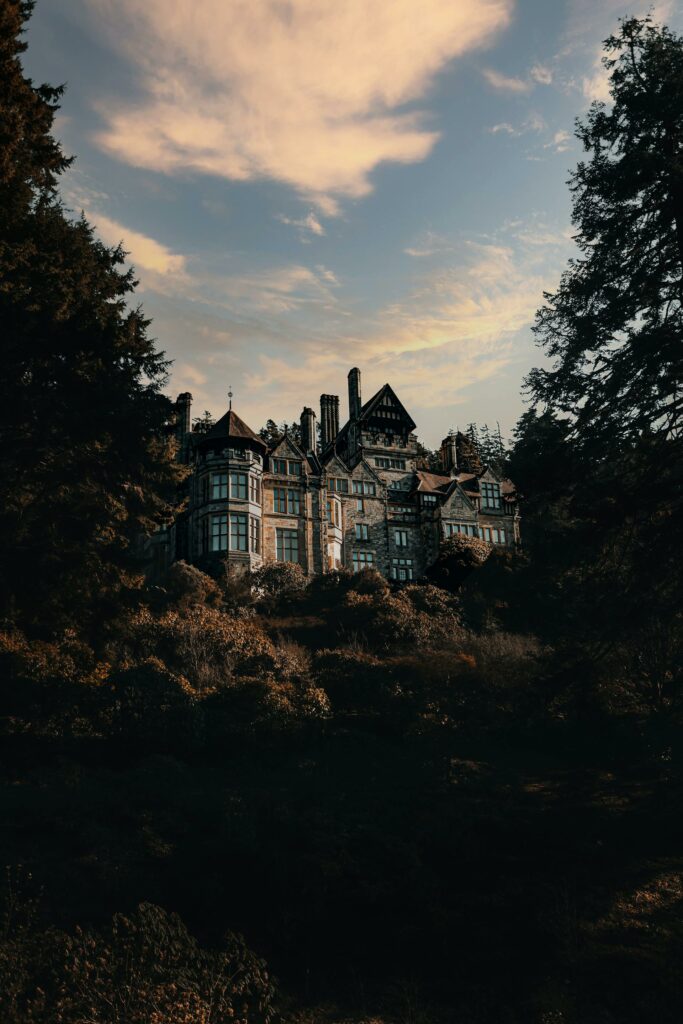
Jost’s descriptions of the chateau create a sense of intimacy between the reader and the estate, capturing the haunting beauty of each room and its hidden treasures. The architectural details, artwork, and decor all contribute to an ambiance that is as captivating as it is unsettling. In many ways, the chateau mirrors Camille’s internal journey—its grand facade hides deeper layers of complexity, and each door she opens reveals a new aspect of her own character and past.
The chateau’s secrets draw Camille deeper into a mystery that extends beyond the physical. She begins to question not only the art she sees but also the stories she’s been told, both about herself and the people around her. This sense of duality—the contrast between appearance and reality—serves as a recurring theme in the novel, encouraging readers to look beyond surface impressions.
Themes of Identity and Legacy
At its heart, The Estate is a novel about identity, legacy, and the ways in which we connect with history. Camille’s journey is one of self-discovery as much as it is a mystery to be solved. Her connection to Sorel’s work and her ability to immerse herself in the world of each piece of art reflect a deep yearning for meaning and connection, both to the past and to her own sense of self. Through her journey, Jost explores questions of legacy—what we leave behind, how we are remembered, and the impact of the choices we make.
Maxime’s motivations, too, are deeply tied to questions of legacy and preservation. His relationship to the chateau and its history reflects his own struggles with identity, as he grapples with the weight of his family’s past and the pressure to uphold its reputation. Together, Camille and Maxime’s stories offer a layered exploration of how personal and cultural legacies shape our lives and our choices.
Conclusion: A Tale of Art, Mystery, and Magic
The Estate is a novel that transcends genres, blending mystery, romance, and fantasy in a narrative that feels both timeless and fresh. Jost’s prose captures the beauty of the art world while grounding it in the complexities and challenges of human relationships. Camille’s journey offers readers a glimpse into a world where art is alive, history is tangible, and each brushstroke, chisel mark, and inscription carries with it the weight of untold stories.
Through Camille’s unique perspective, Jost invites readers to ponder the relationship between art and reality, between truth and perception, and between legacy and identity. For anyone who loves a well-crafted mystery, a touch of magic, and the beauty of art, The Estate is a must-read that promises to captivate and inspire long after the final page is turned.



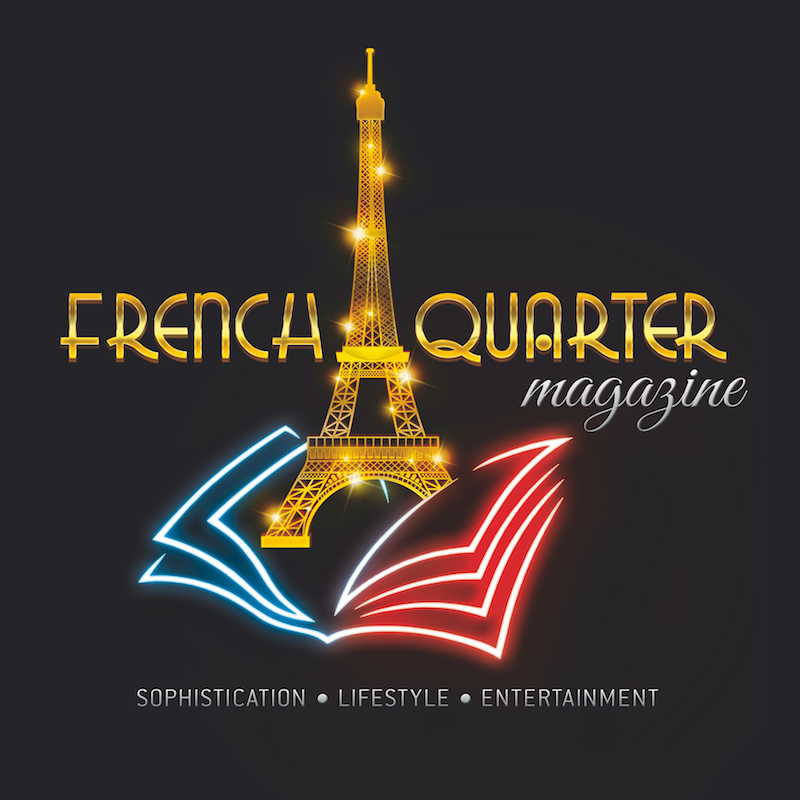


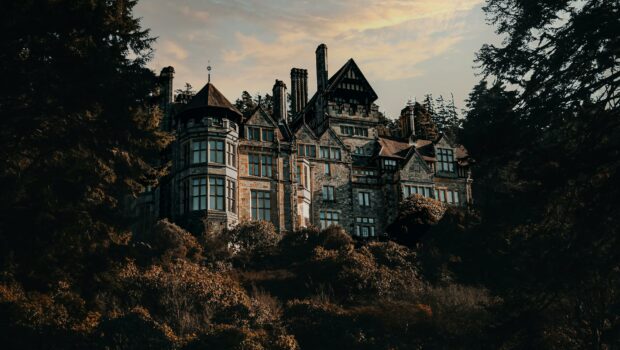
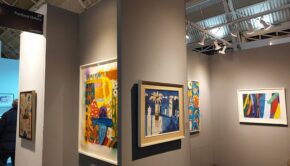


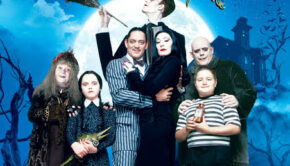




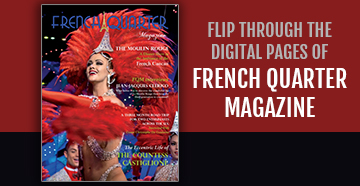


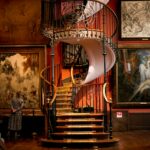


Fantastic read! This article does an excellent job of breaking down what smart homes are and how they’re transforming modern…